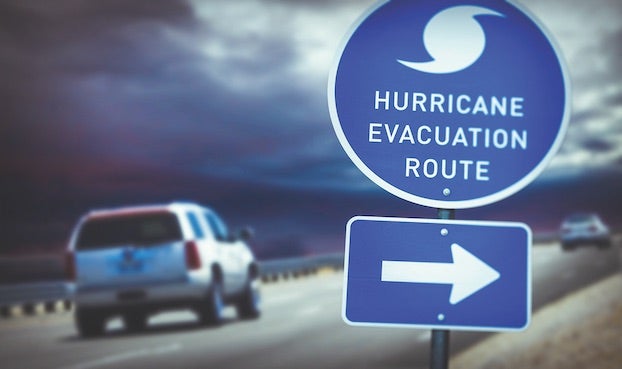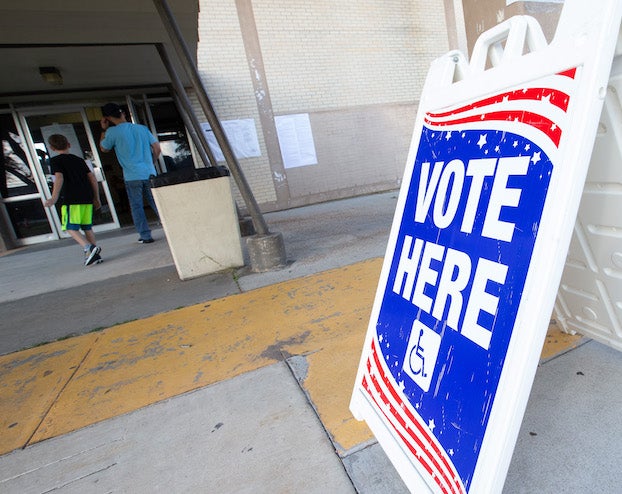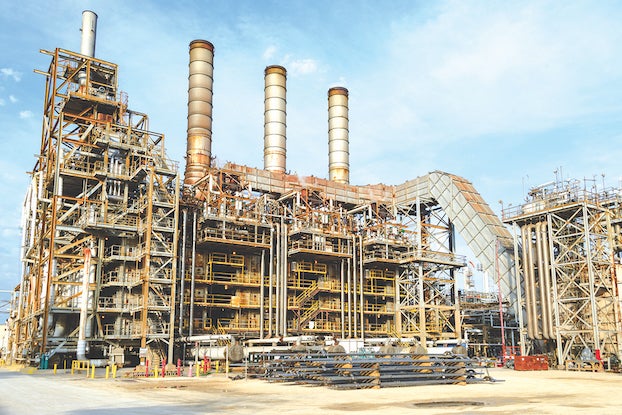Air quality standards available and changing
Published 9:54 am Tuesday, March 5, 2024

- (Metro Creative Services)
When air Particulate Matter (PM) numbers go up, individuals with asthma and chronic lung disease may “feel” it. Knowing those numbers and new EPA standards could help those who are most at-risk. That’s why Cindy Robertson, Micah Six Eight executive director, started sharing air quality data with friends who had Chronic Obstructive Pulmonary Disease (COPD).
That was about two years ago, she said, explaining that PM can be dust, dirt, soot or smoke. Sometimes it can be seen. Other times it’s there, but it’s not visible. PM comes from construction sites, unpaved roads, fields, smokestacks and fires. Particles in the atmosphere can be a result of chemical reactions such as sulfur dioxide and nitrogen oxides, which are pollutants from power plants, industries and automobiles.
“I would like the community to be informed,” Robertson said, “to protect their health. That’s foremost.”
Thinking more people could benefit from air quality information, she started hanging colored flags outside her Sulphur office to indicate air quality based on readings recorded in real time with PurpleAir monitors, using the PurpleAir.com website. She posts the info on her social media page. Generally, the info can also be found on the Concerned Citizens for Sulphur Facebook page. Green means air quality is good, yellow stands for moderate. Orange means air quality is unhealthy for sensitive groups. Red means air quality is unhealthy. Purple means air quality is very unhealthy.
“The air quality can be bad here,” she said, encouraging people who check out the map to compare Southwest Louisiana with other locations across the state and the U.S.
Southwest Louisiana residents may also access air quality data on their own computers or mobile devices by going to PurpleAir.com. PurpleAir sensors are used in communities all over the world, and empower community scientists who collect hyper-local air quality data and share it with the public. PurpleAir monitors cost about $300, and Micah Six Eight was the recipient of a grant from the Lowlanders Center.
To see the “numbers” in a neighborhood, go to PurpleAir.com to the map and type in a zip code or city.
On Monday afternoon, numbers were 33 to 43 in the Moss Bluff Sulphur and Mossville areas, indicating the air is “yellow-flagged” and particulates were in the above 50 and below 100 range or “acceptable,” however with risk for some people with 24 hours of exposure. Baton Rouge showed an 18. That’s a green flag. The Shreveport area had a 63, 66, 61 and 55. The New Orleans numbers ranged from 2 to 26. Houston, Texas had a whopping 205 rating south of Interstate 10 outside the perimeter, but was back down to 53 in a couple of minutes, then up to 163. The Houston monitor that showed 205 is at the AAH Inman STC School. When numbers are 151 to 200, that’s a red flag. Over 200 is the worst.
Robertson said PurpleAir monitors are active in Calcasieu Parish. There is one near Barbe High School, one in Westlake close to Sasol, one in Sulphur close to Interstate 10 and one in Vinton.
Who’s afraid of a little dust?
In February, the EPA strengthened National Ambient Air Quality Standards as it relates to PM, according to Roberton. It revised the primary annual standard, strengthening it from 12.0 micrograms per cubic meter (μg/m3) to 9.0 μg/m3. More stringent PM standards are expected to strengthen health protection and mitigate exposure and mortality at risk disparities across various demographic groups, including those in vulnerable and overburdened communities, according to the EPA website about the new standards.
The National Institute of Environmental Health Services says air pollution, in all its forms, is responsible for more than 6.5 million deaths, globally, a number that has increased over the past two decades.
“There is no safe threshold to breathe in fine particles,” according to the American Lung Association. “Breathing in these particles can result in cardiovascular disease, respiratory disease and lung cancer.” At risk are pregnant women, infants, childrens and teens, older adults, people with lung disease such as asthma and COPD.”
“The more we learn about particulate matter, the more we learn how dangerous it can be,” Robertson said.
She would like to see fenceline monitoring of local industry. Industry says that’s too costly. “It’s not that we want the plants to go away,” she said. “We don’t. We just want them to be good neighbors.”





